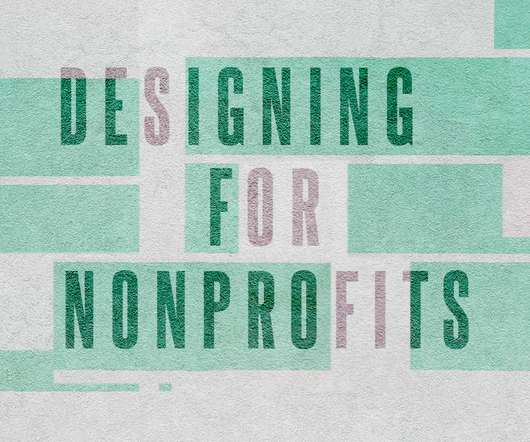Designing for Nonprofits: Our Commentary + Experience
Media Cause
AUGUST 9, 2021
We develop our skills by seeking, absorbing, questioning, adapting, and experimenting, oftentimes bringing diverse influences together to create something that’s unique for our clients’ needs, but with connections to other relevant spaces. In a strange way, reading this article was a validating experience for many of us.





































Let's personalize your content